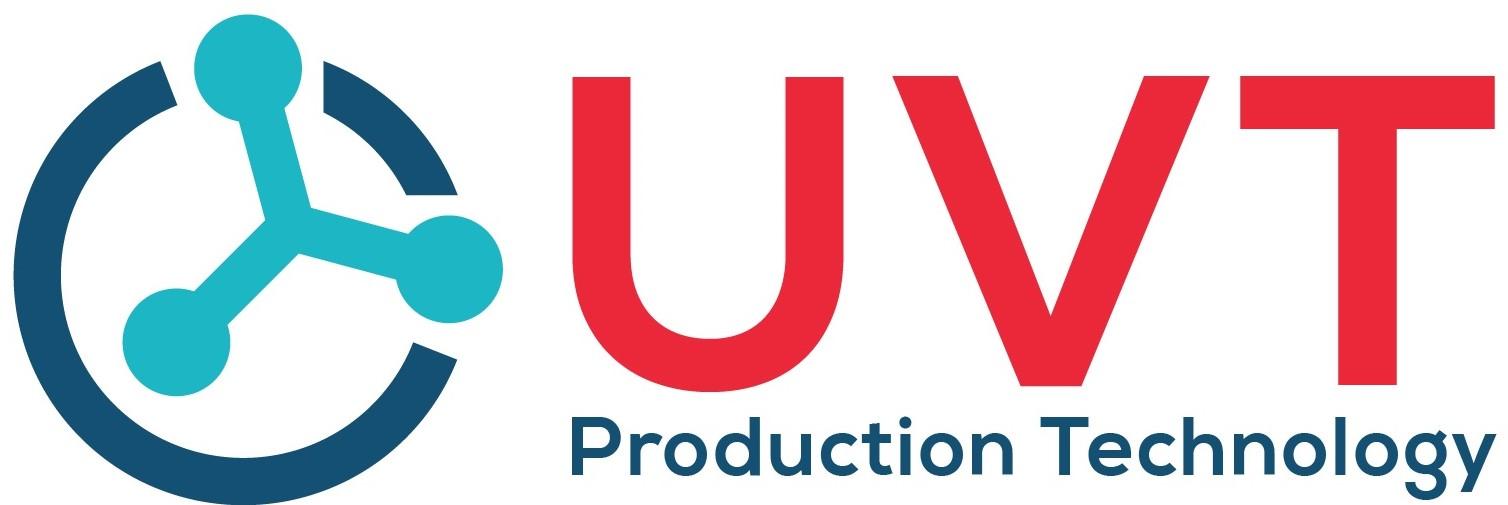Multi-point Video Conference connection model
17:01 - 12/11/2014
1. Videoconferencing connection model.
Depending on the organization and the requirements of the business, we will build a suitable model, there are two main models: site to site (model connecting only two-point seminars) and Multisite (model connecting seminar. from 3 points or more).
1.1 Site to site connect video conference 2 points together.
To conference two points together, we just need 2 equipment Video conference terminal for 2 corporate offices together.

1.2 Multi site
For multipoint conference, it is necessary to have an intermediate device for multi-point connection called MCU (Multi Control Unit). There are 2 options for MCU equipment depending on the number of points to connect.

1.2.1 MCU integrated in endpoints, video conference.
Video Conference control device normally only acts as the end connection point. When upgrading the built-in firmware or firmware, this device is both an endpoint and capable of performing the functions of the MCU. When it becomes an MCU, it has the ability to connect to 5 other terminals to carry out a 6-point broadcast and has the ability to pair with a terminal with MCU functionality to conduct a video conference. 10 points.
For example, with the requirement to make a 7-point connection, using an integrated MCU, it is necessary to have 2 terminals with integrated MCU inside.
Video conference connection model under 10 points:

Advantages of using the integrated MCU:
- The cost will be much lower than when using a separate MCU.
- Because 2 MCU is used, it will divide the load (bandwidth), the bandwidth needed at one MCU point will decrease, increasing the quality of the sound and image.
- Very suitable for multi-point meetings under 7 points.
However, the use of built-in MCU also has limitations that will not be able to expand the conversation system by more than 10 points, and it is difficult to centrally manage the system (configuration, scheduling, resource management, ...) . So if the demand is higher, it is necessary to use a separate MCU model.
1.2.2 Separate MCU (dedicated)
This MCU does not act as an endpoint, only as a multipoint connection point. Customers can choose MCU from many different brands such as: Polycom, Cisco, Ravision, Codian, ..
Depending on the requirements of each business, customers can choose the MCU based on ports, bandwidth, number of concurrent conferences,….
The logic connection model is as follows:

2. Bandwidth required for the system
With the TV resolution (4CIF) requirement, with a frame rate of 25fps, the bandwidth needed for the call is 384 Kbps. Thus, at each endpoint video conference, the required bandwidth is 384 Kbps, while the points play the role of MCU, bandwidth depends on the use of integrated MCU or separate MCU.
2.1 Bandwidth for connection model via integrated MCU.
With the above connection model, the bandwidth at each MCU point will be equal to the total bandwidth of the terminals connected to it, plus its bandwidth connected to other MCU (cascading connection).
Example: At Site 1, the MCU will connect to points 2, 3, 4. At point 5, the MCU will connect to points 6, 7, and the MCU at points 1 and 5 will connect cascading with together. Thus, the necessary bandwidth at point 1 is 1536 Kbps (384 * 3 + 384 Kbps), and at point 5 it is 1152 Kbps (384 * 2 + 384Kbps).

2.2 Bandwidth for the connection model via separate MCU - dedicated MCU.
With the above connection model, the bandwidth at the MCU point will be equal to the total bandwidth of all the input terminals. Thus, the required bandwidth at the MCU point is 2688 (384 Kbps * 7).
Customers who are or are planning to set up a Video Conference system for their organization, please contact our company UVT for a free consultation, equipment selection and installation at a cost and cost. the most optimal price. UVT is a partner of Polycom, Sony, Cisco, Tanberg, ...
Our company is committed to providing customers with quality products at the most reasonable cost.


